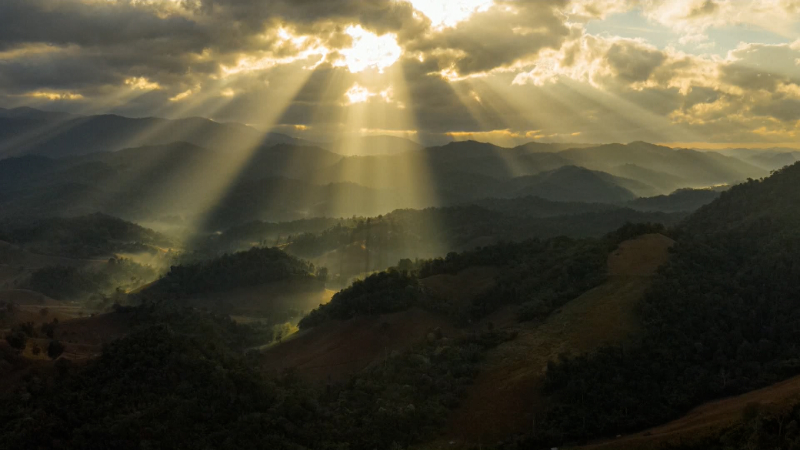What time is the lunar eclipse on Thursday night?
The moon will turn red during the first total lunar eclipse since 2022, an event that can be seen across all of the United States and Canada, but cloudy weather is threatening the show for millions.
If you’re wondering when the best time to look up at this month’s lunar eclipse will be, AccuWeather’s Anna Azallion has answers for you.
A "Blood Moon" eclipse is about to cause the moon to transform on Thursday night and early Friday morning during an astronomical event that hasn't been seen since 2022.
Where will the lunar eclipse happen?
All of North America and South America will be in the path of the lunar eclipse on the night of March 13-14. Additionally, parts of western Europe, western Africa and New Zealand will be able to see part of the event.

This will be the first of two total lunar eclipses in 2025 but the only one visible across the Americas. The next one will unfold on Sept. 7-8 over Asia, Australia and parts of Africa and Europe.
Weather forecast for the lunar eclipse
Cloudy weather is a concern for large areas of the United States in Canada on Thursday night, but the length of the event will benefit onlookers. Only a few breaks in the clouds are needed during the total phase of the eclipse, which lasts a little over an hour, for a chance to spot the Blood Moon.

The best weather conditions are expected from Texas to the Ohio Valley, as well as much of Florida. Partly to mostly cloudy conditions are anticipated across the rest of the Southeast, East Coast and into Ontario, Quebec and Atlantic Canada.
A massive storm moving in from the Pacific will spread rain, mountain snow, and plenty of clouds across the West Coast, Rocky Mountains, northern Plains and Canadian Prairies, making it challenging for folks in these areas to see the eclipse.
What time is the total lunar eclipse?
Many people will need to lose some sleep to spot the spectacle, which will happen in the middle of the night across North America. The total eclipse will last for 65 minutes, but the best time to look will be during the middle of the event.

Across the East Coast of the U.S., the show will take place during the second half of the night, with the best time to look being at 2:58 a.m. EDT. The eclipse will happen earlier in the night for areas farther west, with the height of the eclipse taking place two minutes before midnight in cities such as Los Angeles, San Francisco and Seattle.
Blood Moon eclipse explained
The moon usually turns red during a total lunar eclipse, which is the reason why it is sometimes called a Blood Moon. This is not the moon itself changing colors, but rather due to the weather on Earth.

This combination of pictures shows the moon in various stages of the total lunar eclipse during the first blood moon of the year, in Temple City, Calif. May 15, 2022. (AP Photo/Ringo H.W. Chiu)
As the eclipse begins and the moon enters Earth's shadow, the amount of direct sunlight reaching the moon diminishes. However, when it is fully inside the planet's dark inner shadow, a small amount of light still makes it to the moon.
"During a lunar eclipse, the moon appears red or orange because any sunlight that's not blocked by our planet is filtered through a thick slice of Earth’s atmosphere on its way to the lunar surface," NASA explained. "It’s as if all the world’s sunrises and sunsets are projected onto the Moon."

The moon is not always deep red during an eclipse. Depending on the exact conditions in Earth's atmosphere, such as clouds or dust from a volcanic eruption, the moon can appear more orange than red. On occasion, there may even be a tint of blue visible.
When is the next lunar eclipse?
The next total lunar eclipse visible from North America will be on March 3, 2026, with the best views expected across the western United States and western Canada.
Report a Typo














